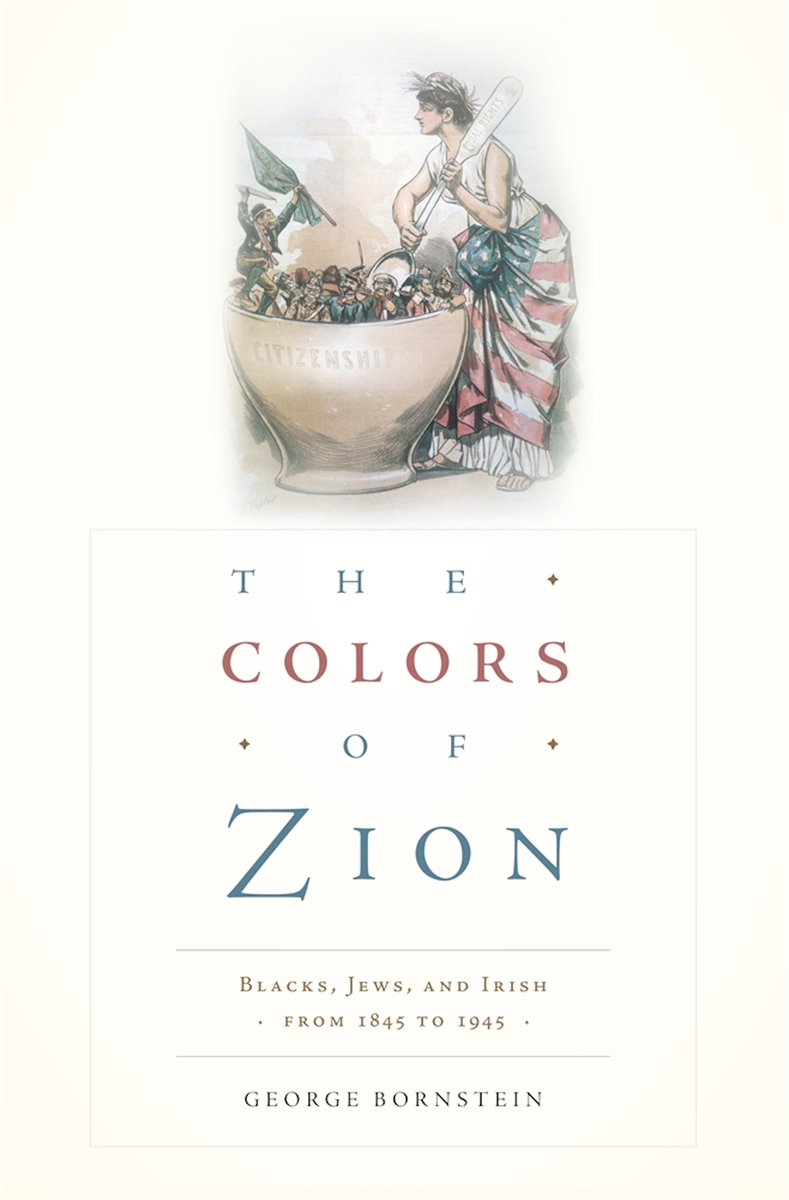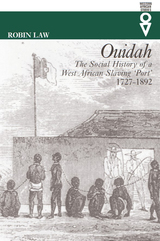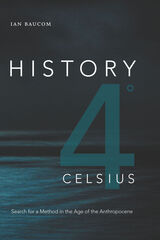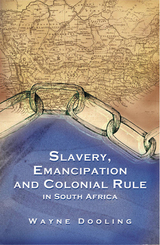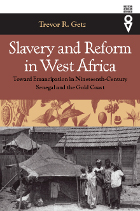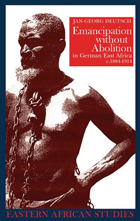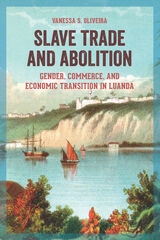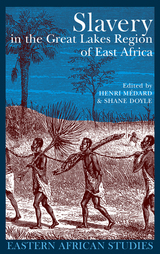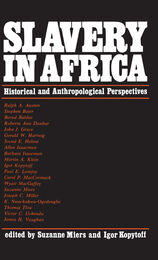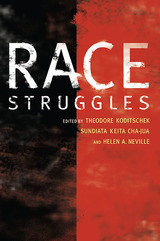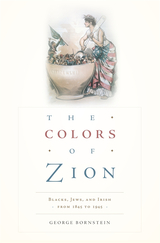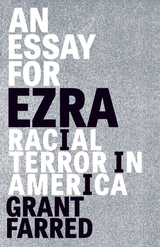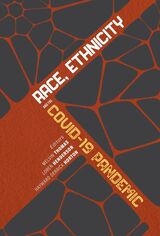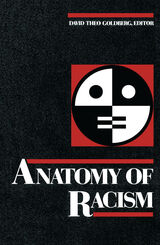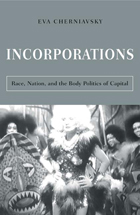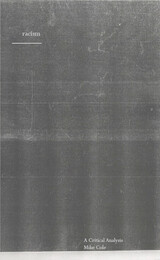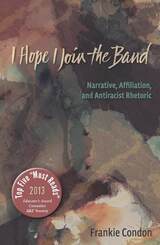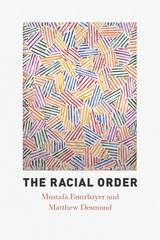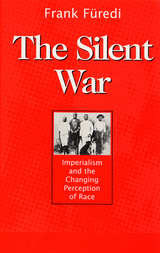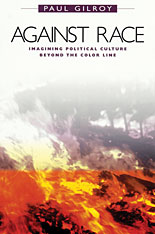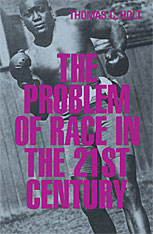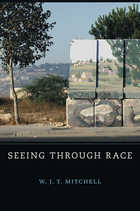The tutelary genius of this book is Edward Said in his kindest moments. The principles affirmed throughout are interpretive generosity and ethnic hybridity. Bornstein's book reminds us that empathy and compassion are as essential in scholarship as they are in life.
-- Elizabeth Cullingford, University of Texas
Bornstein's embrace of a more humane vision of the world that transcends narrow group loyalties may strike some readers as sentimental or somehow out of keeping with a serious work of cultural history. But the purpose of this book is to argue that we have little hope of overcoming the differences of the present unless we have a much better grasp of the differences of the past--as well as a grasp of those bonds of fellowship in the past that have escaped our attention because of our own impoverished views of ethno-racial identity.
-- Eric Sundquist, University of California, Los Angeles
To a culture and community bedeviled by identity politics, sectarian horrors, racial and ethnic wounds still festering, Professor Bornstein tenders robust, free-range scholarship and abundant humanity as correctives to the record of, heretofore, disparate tribes. The Colors of Zion is the bounty of a life's work and study: an alternative text for academics and common readers alike, which examines the connections between famine, middle passage and holocaust, and upholds the voices--literary, visionary, bygone and new--that profess we are all in this together.
-- Thomas Lynch
Like the figure of Wisdom in the Bible, George Bornstein has prepared for us a powerful measure of discernment. The Colors of Zion is a dazzlingly new yet ancient testament to the quest for home as shared by African Americans, Jews, and Irish over the last century. This is a book for the ages, one we need now more than ever.
-- Lorna Goodison, University of Michigan
[Bornstein] demonstrates a nuanced knowledge of literary and popular culture around the themes of race and race relations to bring these three groups together. He wishes to celebrate their connections, which were often forged under duress...This book is a humane account of the cultural connection that did so much to shape U.S. life today.
-- Donald M. MacRaild Times Higher Education
The book is a fascinating intellectual experiment...In our multiethnic Barack Obama age, The Colors of Zion holds deep implications for where multiculturalism has been and where it could go.
-- Elissa Lerner New Yorker online
A book that commands attention and invites interpretation...The sheer weight of [Bornstein's] evidence--nugget after nugget of ethnic convergence and harmony--cracks the fashionable hegemony of identity politics...The Colors of Zion is the product of impressive erudition.
-- Stuart Schoffman Haaretz
Bornstein marshals a remarkable and diverse range of materials, and the analysis ranges from literature, song and racist sociology to public policy, university admissions practices, and the rise of ethnic publishing. The narrative is often revelatory: a swift succession of memorable case studies challenges reductive notions of black anti-Semitism, Jewish racism or Irish belligerence.
-- Tom F. Wright Times Literary Supplement
In this fascinating and persuasive study, Bornstein...demonstrates that over the 100-year period between 1845 and 1945, the cooperative sympathies among Blacks, Jews, and Irish were deeply rooted and strong and that these areas of cooperation overshadowed the real differences and tensions that existed among these groups...His project recovers a broad and historical record of what Blacks, Jews, and Irish themselves said and did rather than imagining their reactions and then projecting them from the present back to the past...Bornstein's brilliant comparative and transatlantic study compels us to rethink the relationship among races and the ways that we can learn from the examples he discusses in such luminous detail.
-- Jewish Book World
Bornstein offers a fascinating study of three diaspora populations whose paradigmatic similarities have coalesced into cultural hybridity. Jews, blacks, and Irish defended each other in juxtapositional fashion, and in his interpretations Bornstein reveals mutual resistances to discrimination and adaptations in literature and entertainment.
-- R. Welburn Choice
